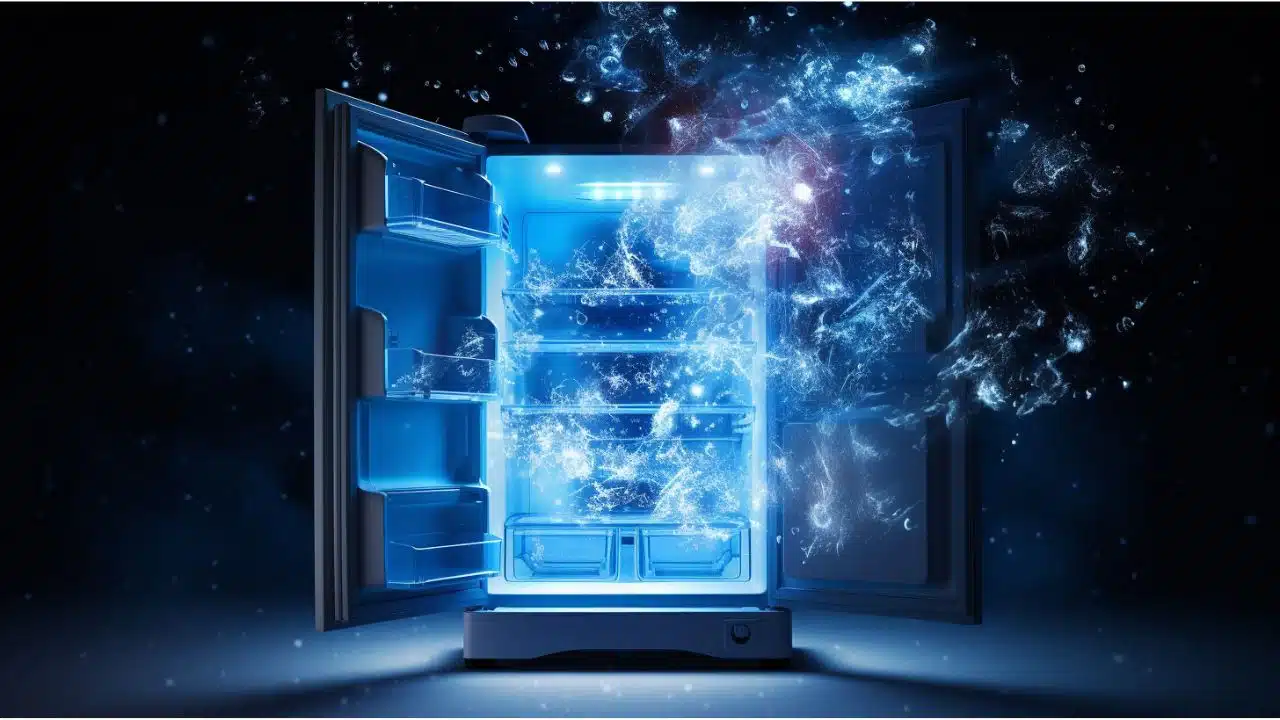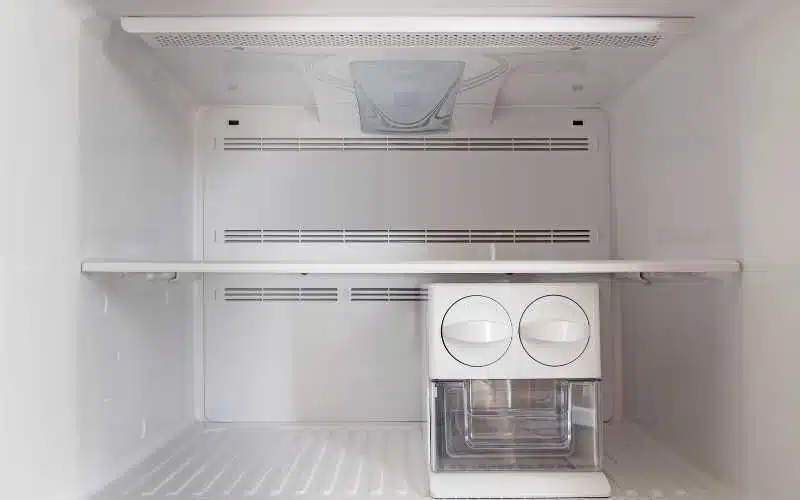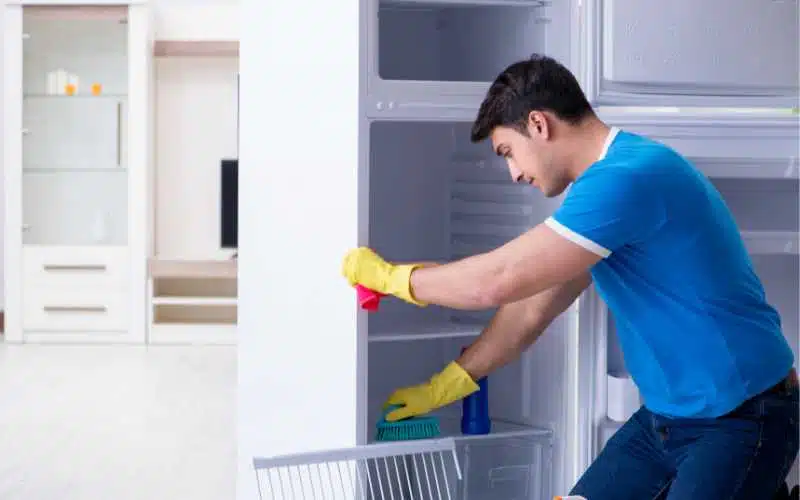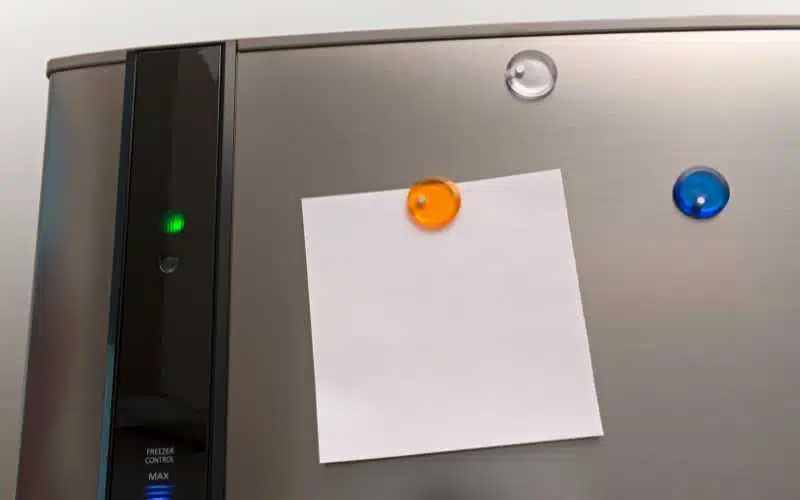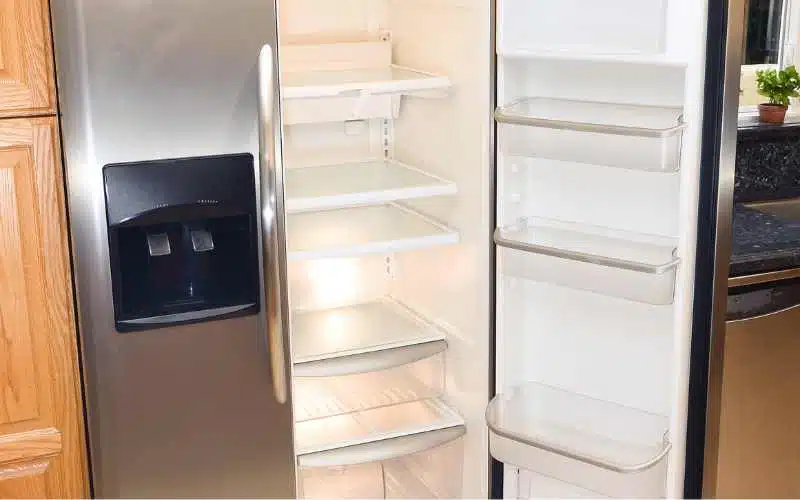The proper functioning of any KitchenAid dual evaporator refrigerator depends on the components of the appliance and proper maintenance.
KitchenAid refrigerators hardly ever develop severe problems. It has a healthy lifespan and extreme durability, making it unique.
However, the refrigerator could develop problems at any point, resulting in the loss of function. Hence, it brings the question of the major problems to expect from the appliance.
Kitchenaid dual evaporator problems are majorly related to cooling issues. The refrigerator may either not be cooling properly or cooling excessively. However, it is best to check the major cooling components and wiring systems irrespective of the type of fault the refrigerator develops.
Six Common Kitchenaid Dual Evaporator Refrigerator Problems
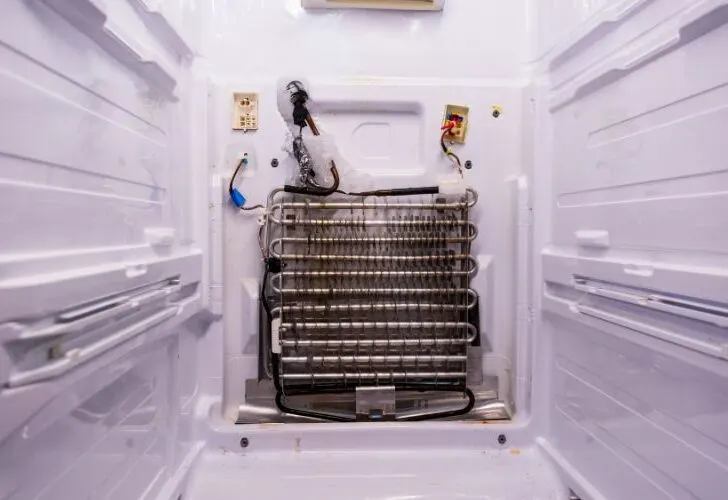
The most common problem of a KitchenAid dual evaporator refrigerator is its inability to cool properly. Many reasons could cause the fridge not to cool.
The major causes of the cooling problems are outlined below:
#1. Frozen Evaporator Coils
The defrost heater assembly is responsible for melting any ice or frost buildup on the evaporator coils at intervals. The assembly turns on to melt the ice so it doesn’t accumulate.
A frozen evaporator coil would hinder airflow through the coils, and the refrigerator would be unable to cool properly.
However, the freezer would be cold and functioning properly, but the cold air won’t circulate to the refrigerator components, and the fridge would stay warm.
It is best to always check the evaporator coils in your KitchenAid dual evaporator refrigerator so it doesn’t develop cooling issues.
#2. Dirty Condenser Coils
Dirty condenser coils would prevent your refrigerator from cooling effectively. The condenser coils get dirty when dirt and debris accumulate over them.
The refrigerator would have to struggle to keep up with the cooling of its contents. Eventually, the refrigerator would not cool for long, and the insides would become warm.
It is best to clean the condenser coils with a vacuum or brush at least every six months. You can check the user’s manual for the cleaning guide.
#3. Broken Thermistor
A broken thermistor would incorrectly send a signal to the control board resulting in an inability for the compressor and evaporator fan to work properly.
Therefore, the internal temperatures of the refrigerator would rise, and it would lose its coolness. Also, the fridge would be unable to cool unless you troubleshoot the problem.
#4. Faulty Evaporator Fan Motor
If the evaporator fan motor is faulty in a KitchenAid refrigerator, the freezer would be cold while the refrigerator would be warm because of uneven cool air distribution.
The evaporator fan motor is responsible for dispersing cool air from the freezer to the refrigerator compartment of the appliance.
#5. Faulty Start Relay
The start relay is responsible for making the compressor start. Therefore, a faulty start relay would hinder the compressor from working, and the refrigerator would be unable to cool.
It is best to contact a professional technician to check the start relay because it would need replacement if it is completely damaged.
#6. Frequently Cycling Refrigerator Unit
A very low temperature would make your KitchenAid refrigerator unit cycle frequently. It would result in the refrigerator overworking to maintain its coolness, which may eventually warm.
It is best to set the temperature to 40 degrees Fahrenheit or below. You must ensure the refrigerator thermostat is functioning properly to maintain the temperature.
How Do I Fix My Kitchenaid Refrigerator That Is Not Cooling?
Fixing a KitchenAid refrigerator that is not cool involves troubleshooting the specific component responsible for the problem. You would need to check each component individually.
To fix the refrigerator’s cooling problem, you should follow the steps outlined below:
#1. Cleaning the Condenser Coils
- Please turn off the refrigerator and unplug it.
- Pull the appliance from the wall so you can access the back.
- Remove the panels covering the condenser coils and check the type of element affecting its functioning.
- Leave the refrigerator for a while to defrost any ice buildup on the coils. First, thoroughly clean the coils with a clean cloth or brush if the element is dirt or debris.
- Screw the cover panel back in place and turn on the fridge.
- Check the refrigerator after 35 minutes to check if the problem is solved. If the refrigerator is still not cooling, you must follow the next step.
#2. Fixing the Evaporator Fan Motor
- Please switch off the refrigerator and unplug it.
- Position the fridge so you can view the evaporator fan motor inside the freezer.
- Remove the fan cover and try to spin it around manually.
- Remove anything disturbing it from rotating.
- Test the fan motor for continuity using a multimeter. Replace the evaporator fan motor if it has no continuity.
#3. Fixing the Start Relay and Start Capacitor
- Turn off the refrigerator.
- Check your user’s manual to locate the start relay and start capacitor.
- Test each component for continuity using a multimeter.
- Replace the start relay and start capacitor if they have no continuity.
#4. Fixing the Thermostat And Compressor
Follow the same steps for fixing a start relay and capacitor to troubleshoot the thermistor and compressor. Replace both components if they have no continuity.
The compressor is at the back of the refrigerator. Use a multimeter to test it for an open circuit. If the cost of replacing the compressor is high, it might be best to buy a new refrigerator.
#5. Fixing the Main Control Board
The control board should be the last component to diagnose whenever the refrigerator is not cooling. But unfortunately, it rarely gets faulty and testing it is complicated.
Hence, it is best to troubleshoot other components first. You can then fix the main control board if the refrigerator still won’t cool.
The best solution to fixing a faulty control board is to replace the entire board. However, it could be expensive, and it might be best to buy a new refrigerator instead.
Why Does My Kitchenaid Refrigerator Keep Freezing Up?
A KitchenAid refrigerator will keep freezing if the temperature is too low. Conversely, an extremely low temperature would hasten the cooling process.
Hence, items inside the refrigerator would freeze up faster. Therefore, setting the refrigerator’s ideal temperature to 38 to 40 degrees Fahrenheit is best.
In addition, the freezer’s temperature should be at or below two degrees Fahrenheit. If it is too cold, you can raise the temperature by one degree but don’t exceed the range.
The refrigerator should stop freezing once the temperature setting is optimal. However, there are other reasons why your refrigerator might keep freezing up.
The other major reasons are outlined in the table below.
| Reasons | Effect on Refrigerator |
|---|---|
| Incorrect item positioning | Items in colder parts would freeze up faster. |
| Blocking air vents with items | Items directly in front of it would freeze up faster. |
| Insufficient items in the fridge | Cold air would settle at the bottom, and the fridge would freeze. |
| Leaving the refrigerator door open frequently. | The warm air would increase the effect of the cooling system and cause freezing up. |
| Damaged door seal | Allows warm air into the fridge and results in freezing up. |
| Faulty defrost system | It makes the fridge lose the ability to defrost any ice. |
| Faulty thermistor | The fridge would keep getting a supply of cold air and eventually freeze. |
| Faulty defrost control board. | Unable to signal the fridge to defrost and ice buildup. |
What is the Life Expectancy of a Kitchenaid Refrigerator?
The average life expectancy of a KitchenAid refrigerator is between 14 to 17 years. However, the refrigerator’s lifespan depends on the model, size, and level of maintenance.
The compact model lasts up to 14 years, while the standard model can last up to 17 years. However, in some cases, the refrigerator may not exceed ten years due to poor maintenance.
Therefore, it is essential always to repair any fault before it results in bigger or more permanent damage. It could affect the refrigerator’s lifespan drastically.
Also, you should follow the user’s manual to give the appliance the best treatment. For example, the refrigerator could last up to 19 years if properly maintained.
How Do I Run a Diagnostic on My Kitchenaid Dual Evaporator Refrigerator?
You can follow the steps below to run a diagnostic on your KitchenAid dual evaporator refrigerator.
- Press and hold down the control power and filter reset buttons on the refrigerator for about three seconds.
- Release the two buttons. Then, long-press the filter reset button for another two seconds.
- The refrigerator would make a beep sound and display the diagnostic reports.
Alternatively, you can locate the diagnostic mode switch and flip it. The switch is usually at the rear bottom of the refrigerator.
The appliance would enter a diagnostic mode once you flip the switch. Then, you can test the refrigerator and troubleshoot any problem it displays on the reports.
Conclusion
Ultimately, the KitchenAid dual evaporator refrigerator would not develop any major problems except cooling issues due to faulty components.
It is essential to understand how the components function so you can fully run a diagnostic on the fridge and troubleshoot any fault in the refrigerator.
